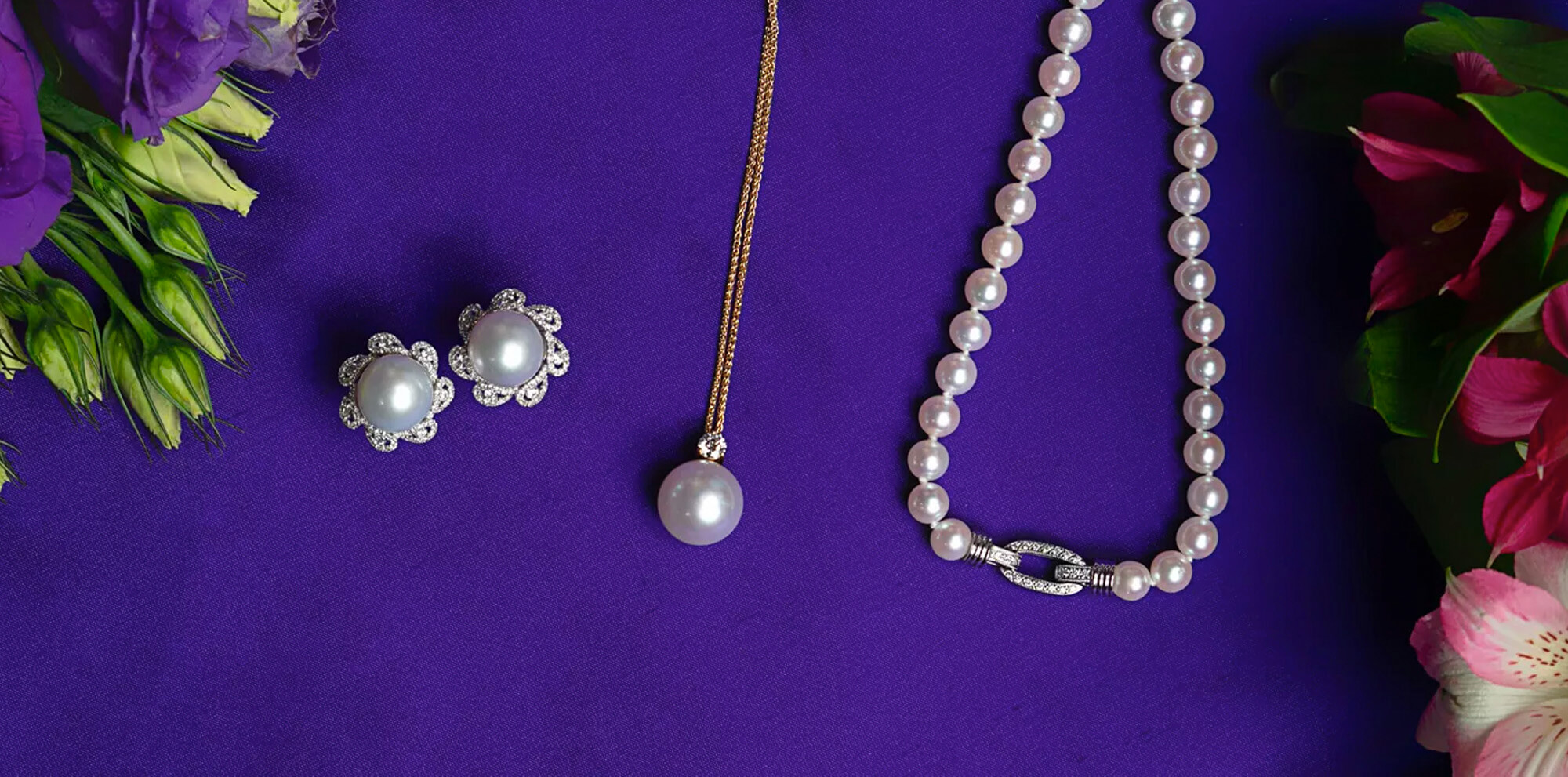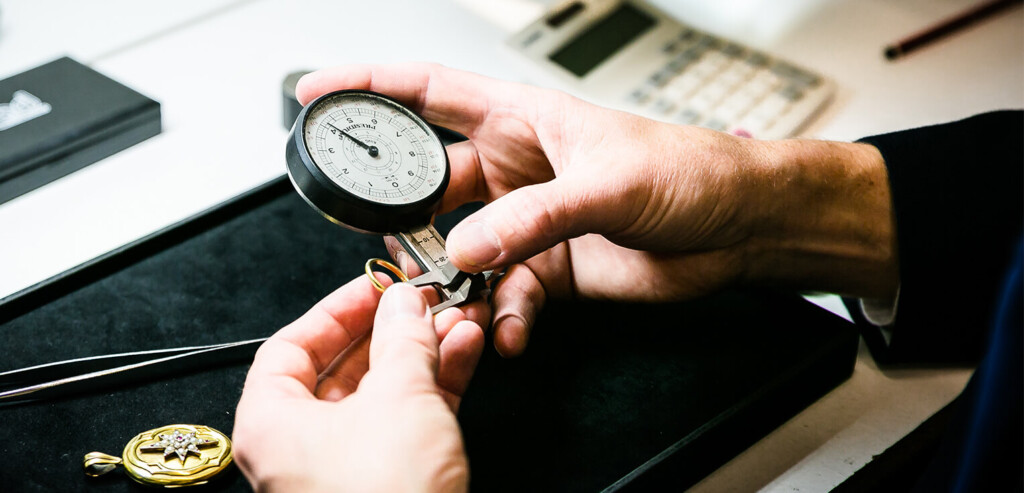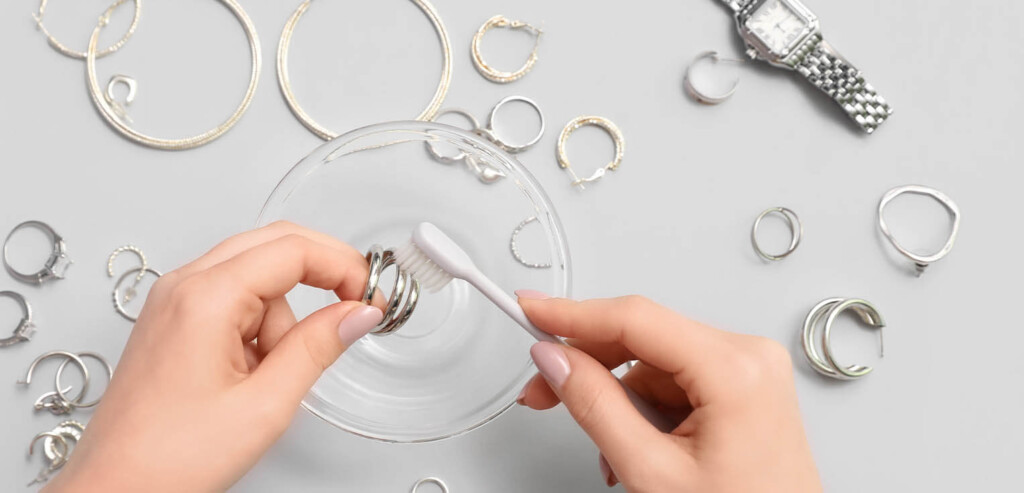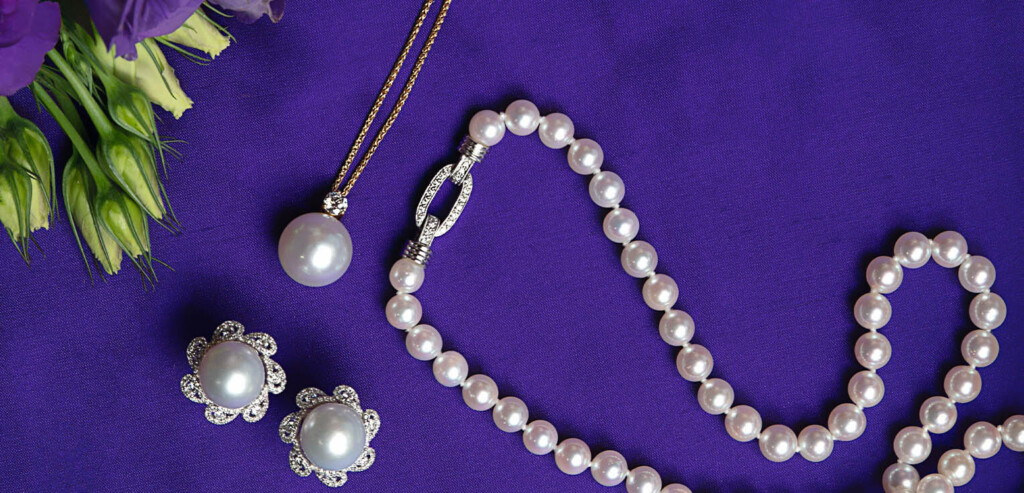Almost all gemstones are crystal structures formed under huge pressure, but a select few are created by Mother Nature herself. These organic gemstones are coral, amber, jet, bone or mother of pearl – but the most popular and versatile would be pearls.
Throughout history pearls have been coveted by royalty and the rich and famous. Demonstrated by none other than ‘The Imperial State Crown’ (perhaps the most important item within the Crown Jewels) containing a stunning 269 pearls.
Dating further back, Cleopatra is said to have swallowed a pearl earring to win a bet with Marc Antony in order to host the most expensive dinner in history. According to historians she dropped one of her expensive pearl earrings (said to be worth ten million sesterces) into a cup of wine vinegar and crushed it until ‘melted’ – and then drank it. Not only winning the bet, but also Marc Antony’s heart in the process.
Fortunately, Marc Antony declined to swallow the second earring!
Pearls are formed in a mollusc of either oyster or freshwater mussels
The most popular cultured pearls, or Akoya as they are often referred to, are grown in farms. This process places a tiny bead of mother of pearl into a mollusc for between 10-15 months to protect the nacre from irritant, creating a fabulous gem of irradiance pearl.
These are then sorted for colour and shape, and polished to improve the lustre of the pearl. As a natural product, not all pearls grow perfectly round. The misshapen and irregular pearls are known as ‘baroque’ or ‘blister pearls’ but can have their own special beauty and character. The largest pearl ever found ‘The Pearl Of Allah’ weighs over 14lbs and was found in the Philippines in 1934.
The birthstone of June and the gem of 30th wedding anniversaries
Pearl Jewellery changes with fashion, but will always be a classic ‘must have’ to every jewellery collection. Necklace, Pendants, Earrings, Bracelets, Rings, Brooches & Tiaras.
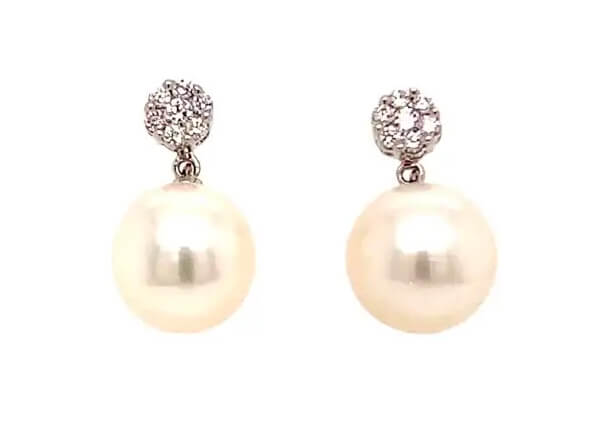 |
PearlsFrom just £115 |
Necklaces
At Cry for the Moon we have a large range of classic modern pearls, alongside traditional two and three row previously owned items. Large Southsea pearls of 12-16mm, Tahitian (Grey), Akoya and freshwater, set with diamonds or plain. Long lariats, short chokers feature design pendants and so much more starting from £510.
Earrings
Pearl earrings come in a variety of shapes and sizes, from a simple stud to a large southsea diamond set drops, ranging from £115-£7000+. With 70 different designs, we have a design for all tastes.
Pendants
Pendants are an ideal bridesmaid gift and set off any bridal dress, a simple sign of purity to bold strong contemporary features.
Bracelets
Bracelets that match necklace or Victorian seed pearl bangles are an ideal accompaniment for your special occasion.
Now, we’ve touched on several of the organic pearls, such as Southsea, Tahitian, freshwater and seed pearls. South Sea pearls are grown in the warm waters of South China and Japan, forming the great layers of nacre created by the oysters nucleated with a small bead. These are usually farmed for between 2-4 years allowing for longer growth – up to 20mm on some rare occasions.
Tahitian
Tahitian are natural grey or dark grey pearls grown in black lipped oyster’s. Many pearls that are dyed black or grey are called Tahitian, but mistakenly so.
Freshwater
Freshwater pearls have seen a huge boom over recent decades as they grow quicker, proving a more cost effective solution to their Akoya equivalent size. However, the lustre and irradiance may fade quicker with freshwater, and they do not appear as bright.
Seed
Seed pearls were extremely popular in the Victorian and Edwardian era, either small whole or half pearls of perhaps 1-3mm .
So, what is a natural pearl and how can you tell?
Honestly, looking at them with the naked eye it is impossible to tell. Perhaps the age and colouring could give you some indication, but unless you can spot a bead nucleus by looking down a drill hole, the only way to verify is by Xray.
- If there is no bead, it is natural
- If there is a visible bead, it is a Cultured Akoya
Are Mikimoto better than cultured pearls?
No, they are the same. Mikimoto is simply a brand that sells different qualities of pearls like many good jewellers… such as ourselves!
Please view our range here for your perfect pearl accessory.

